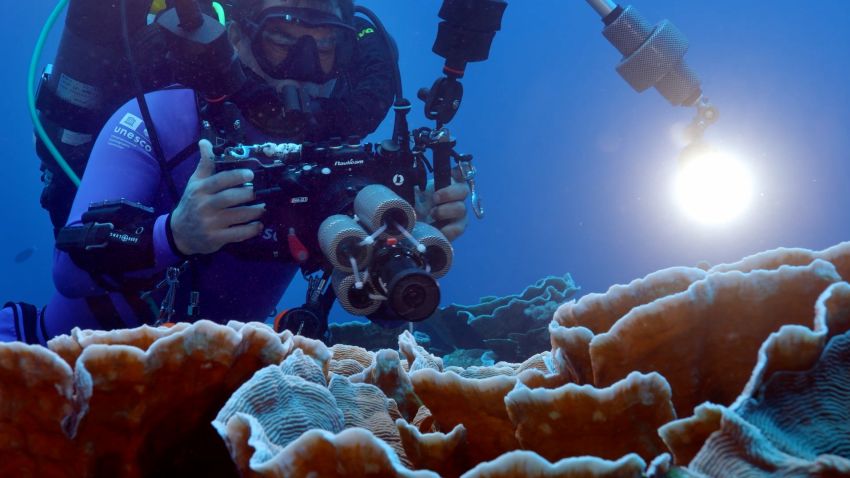Deep in the ocean off the coast of Tahiti, scientists made an incredible discovery in November: acres of giant, pristine, rose-shaped corals blossoming from the sea floor in what’s known as the ocean’s “twilight zone.”
That a coral reef so large and so beautiful had yet to be discovered emphasizes how little we still know about the world’s oceans, scientists say. And its impeccable condition – with no evidence that the reef has yet been harmed by the climate crisis – suggests the need for urgent action to protect the ocean’s remaining healthy reefs.
Alexis Rosenfeld, the photojournalist who led the team of international divers, said the reef, which stretched “as far as the eye can see,” was “magical to witness.”
“It was like a work of art,” he said.
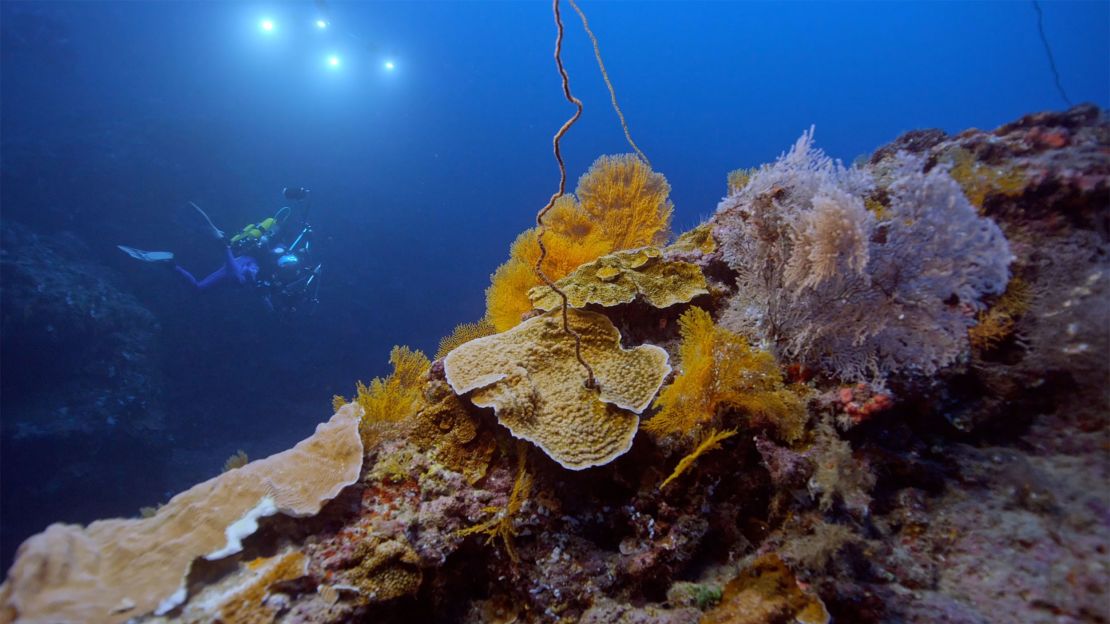
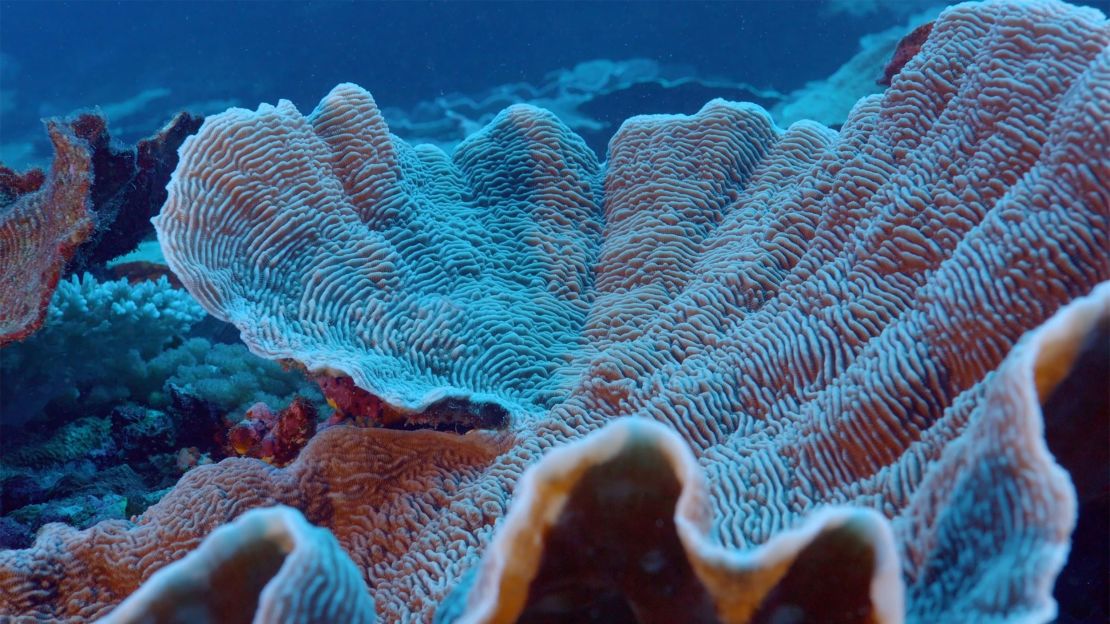
The research mission, led by UNESCO, found the reef stretches for nearly two miles and exists at depths down to 70 meters, or 230 feet. This is around the ocean’s “twilight zone,” where there’s just enough light to sustain life, and below which the ocean transitions into a dark abyss.
“For once, it’s a positive story about coral reefs in the news, which is quite rare these days,” Julian Barbiere, head of marine policy at UNESCO, told CNN.
Warming oceans and acidification caused by the climate crisis has led to widespread coral bleaching. Last year, scientists found the global extent of living coral has declined by half since 1950 due to climate change, overfishing and pollution.
The outlook is similarly grim, with scientists predicting about 70% to 90% of all living coral will disappear in the next 20 years.
Only around 20% of the ocean floor has so far been mapped, according to UNESCO. And until its latest discovery, the vast majority of the planet’s known coral ecosystems were believed to extend to a depth of just 25 meters, illustrating how much of the ocean – which covers more than 70% of Earth’s surface – still needs to be explored.
“The discovery suggests that there are, in fact, many more large reefs out in our ocean at depths of more than 30 meters, which have not been mapped,” Barbiere said. “It’s quite a puzzling finding.”
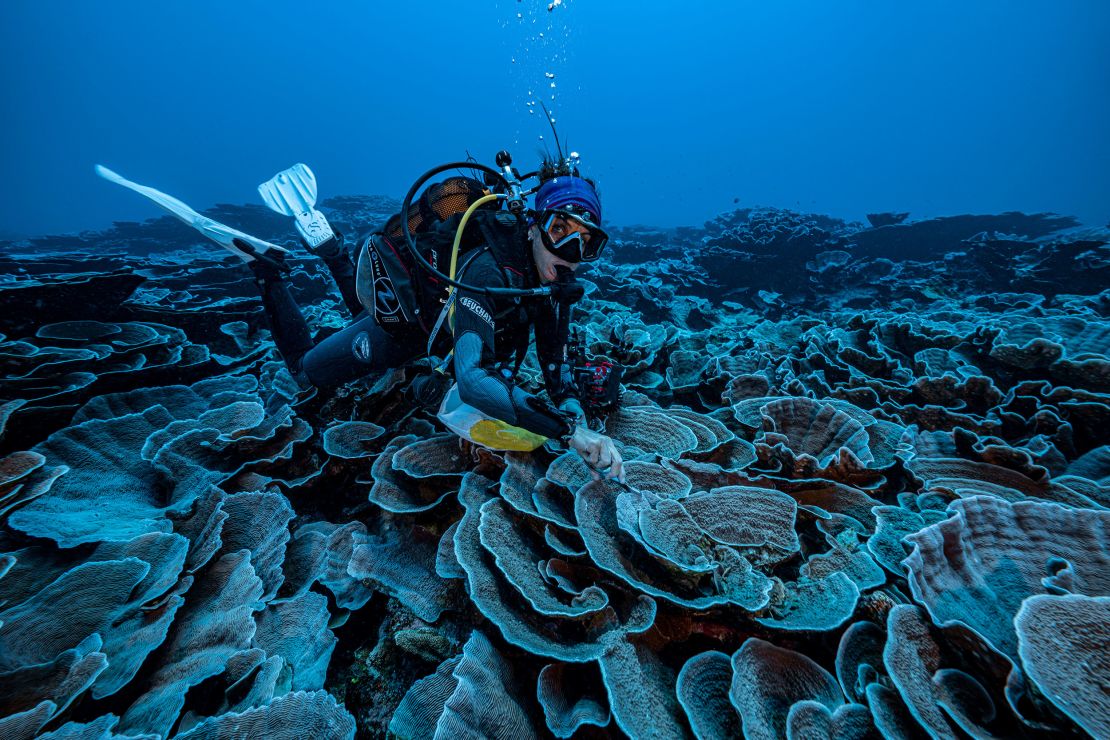
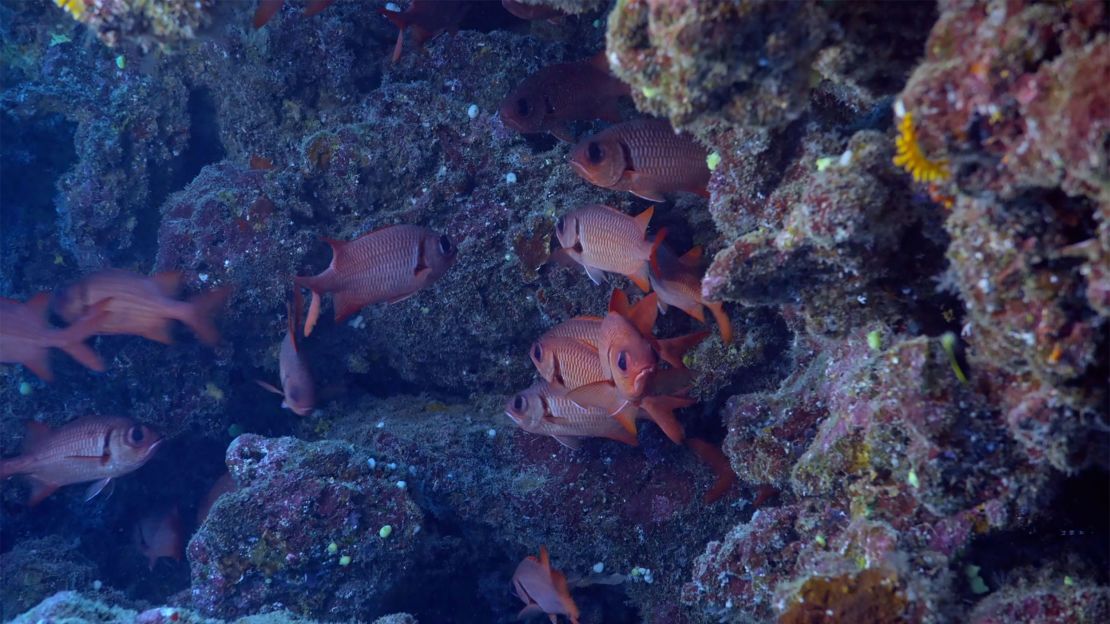
“While we are witnessing major investment in space exploration, there’s not enough on studying our own home and the ocean in particular,” Barbiere said. “And I think this is really where we want to put our emphasis in the next 10 years – to create the knowledge we need to put the planet on the sustainable path through marine protected areas.”
Despite its depth, researchers say the newly discovered reef still receives enough sunlight for the corals to grow and reproduce. Some of the divers even witnessed the corals spawning.
Researchers went into the mission in November last year with little knowledge of the reefs existing in the region, and came out with an incredible understanding of how widespread, unique and pristine the coral there is.
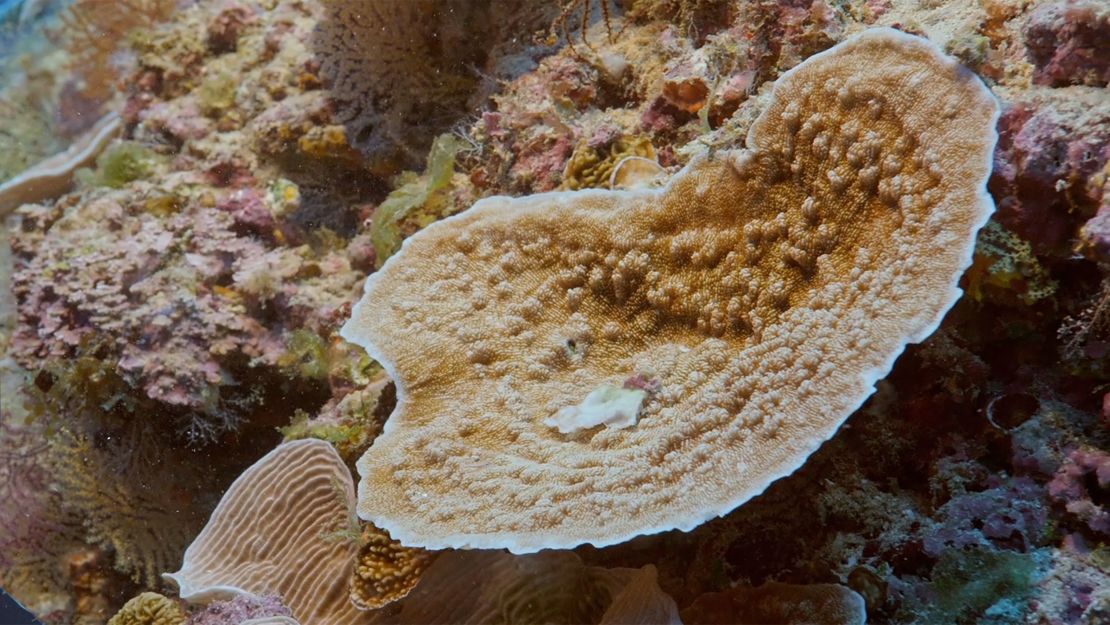
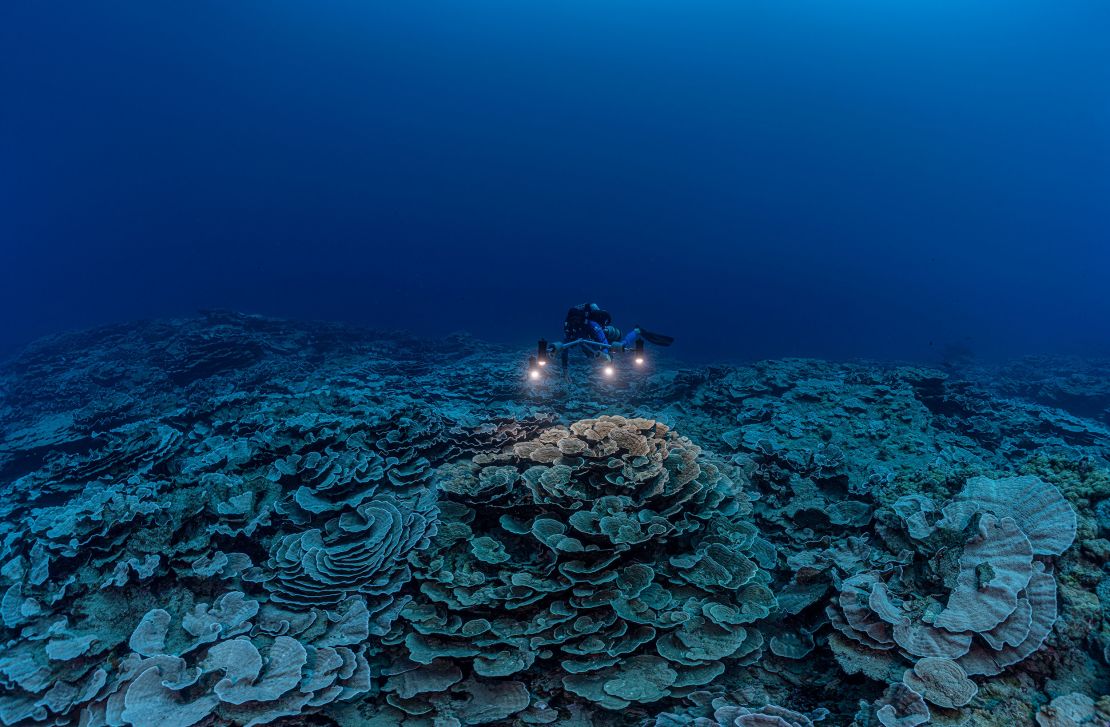
Using scuba rebreathers, which filter carbon dioxide out of exhaled air and recycle much of the unused oxygen, the dive team was able to spend about 200 hours studying the reef. Rebreathers allow divers to go deeper into the ocean floor and stay for longer periods of time. The rebreathers contain a special helium-based gas mixture that guards against narcosis or a state of drowsiness.
Barbiere said researchers were surprised to learn that the coral was fully intact and healthy, a sign they’ve survived for decades, given large reefs take roughly 25 to 30 years to expand and flourish.
The UNESCO team plans to study the reef more to learn how the coral has thrived for so long in the face of increasingly hostile ocean conditions, in hopes that it may hold the secret to saving endangered reefs.
“We think that deeper reefs may be better protected from global warming,” said Laetitia Hédouin, a marine biologist with the French National Centre of Scientific Research and the environmental research center CRIOBE. “So the discovery of this reef in such a pristine condition is good news and can inspire future conservation.”
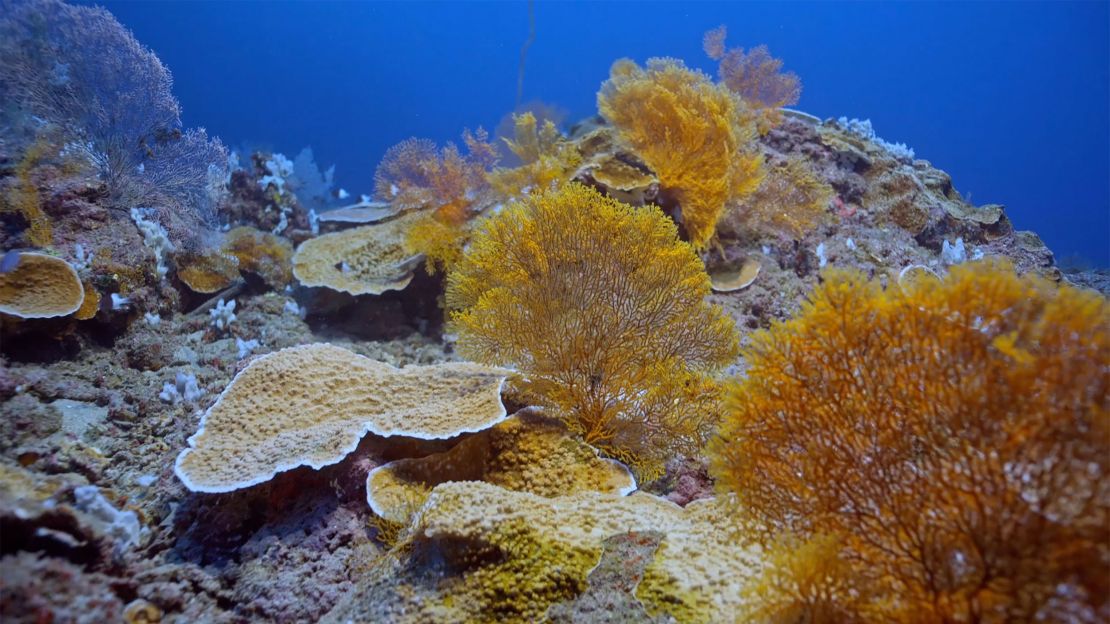
Coral reefs under threat
Coral reefs are crucial to Earth’s biodiversity. They are an important food source, as well as habitat, for a wide array of marine organisms. But human-caused climate change threatens these ecosystems around the globe.
Roughly 4,000 miles west of Tahiti, off the coast of Australia, the Great Barrier Reef – the largest reef system in the world – has suffered several large-scale coral bleaching events over the past two decades due to extreme ocean warming. A 2021 study found 98% of the reef had been impacted by bleaching since 1998. And despite having adapted to higher heat thresholds, the study found the corals now have less time to recover between more frequent bleaching events.
Though the Tahiti reef appears healthy right now, there’s still concern that the effects of climate change will reach it, said Steven Mana’oakamai Johnson, a postdoctoral research scholar and marine scientist at Arizona State University.
“Just because the reef currently doesn’t show any impacts from climate change, it doesn’t mean that’s going to hold into the future,” Johnson told CNN. “And so we can’t just assume that because no one knew it was there, and when we found it, it was in good shape that it will continue to dodge the proverbial climate bullets.”
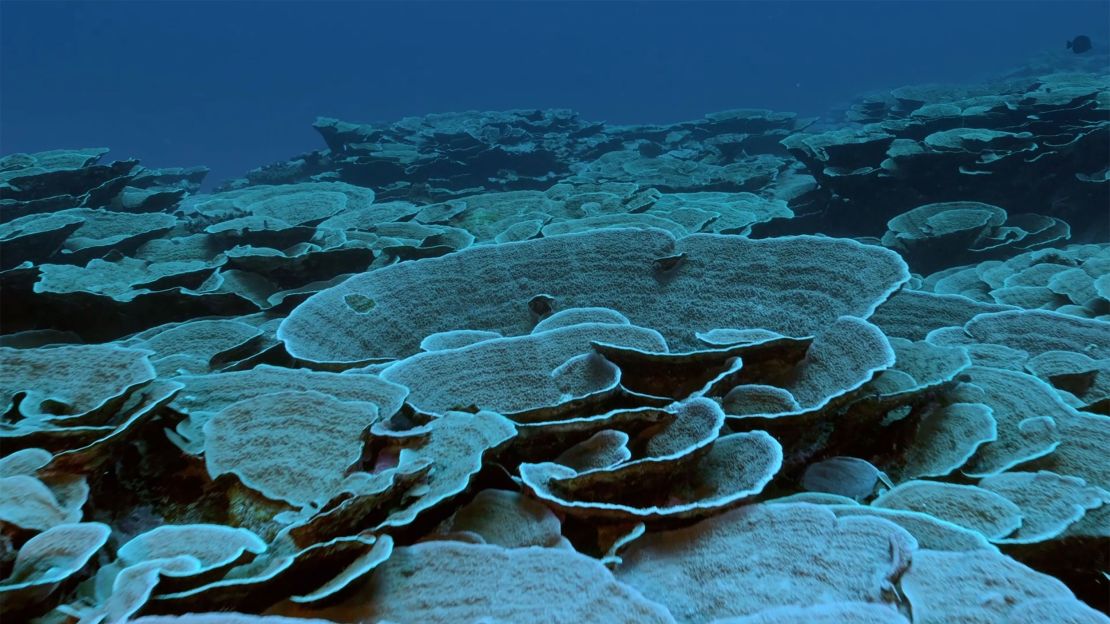
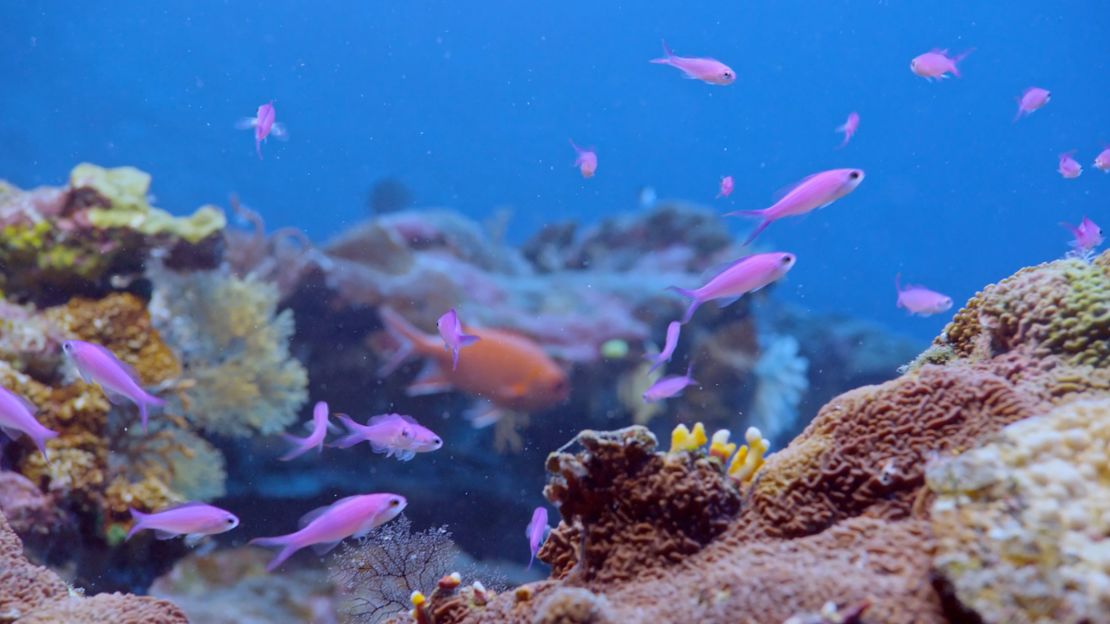
Johnson’s recent research found that 60% to 87% of the world’s oceans are expected to experience devastating biological and chemical changes, including higher levels of acidity and shifts in oxygen levels by 2060, which would drastically harm the planet’s vast coral reefs.
In a special report on oceans in 2019, the UN Intergovernmental Panel on Climate Change concluded with high confidence that the impact on marine ecosystems will worsen if fossil fuel emissions continue at-pace.
Even if global warming is limited to 1.5 degrees Celsius – the ideal goal of the Paris Agreement – “coral reefs are projected to suffer significant losses of area and local extinctions,” scientists reported, noting that efforts to restore them will likely be futile at that point, given the enormous stress they are already under.
“The big takeaway is that [the UNESCO team] found this track of reef that’s in good condition, which definitely speaks to how little we’ve done to truly map the ocean,” said Johnson, who is not involved with the research. “This emphasizes the importance of passing meaningful climate policy including finding ways to support the traditional stewards of these oceanscapes.”
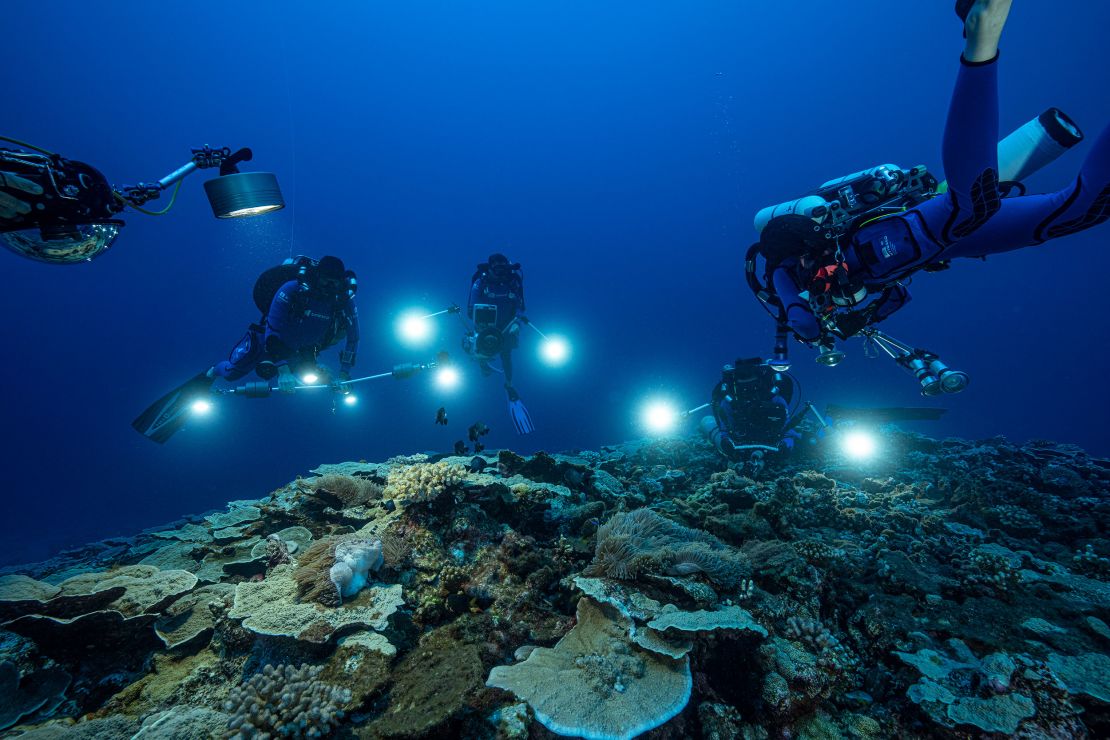
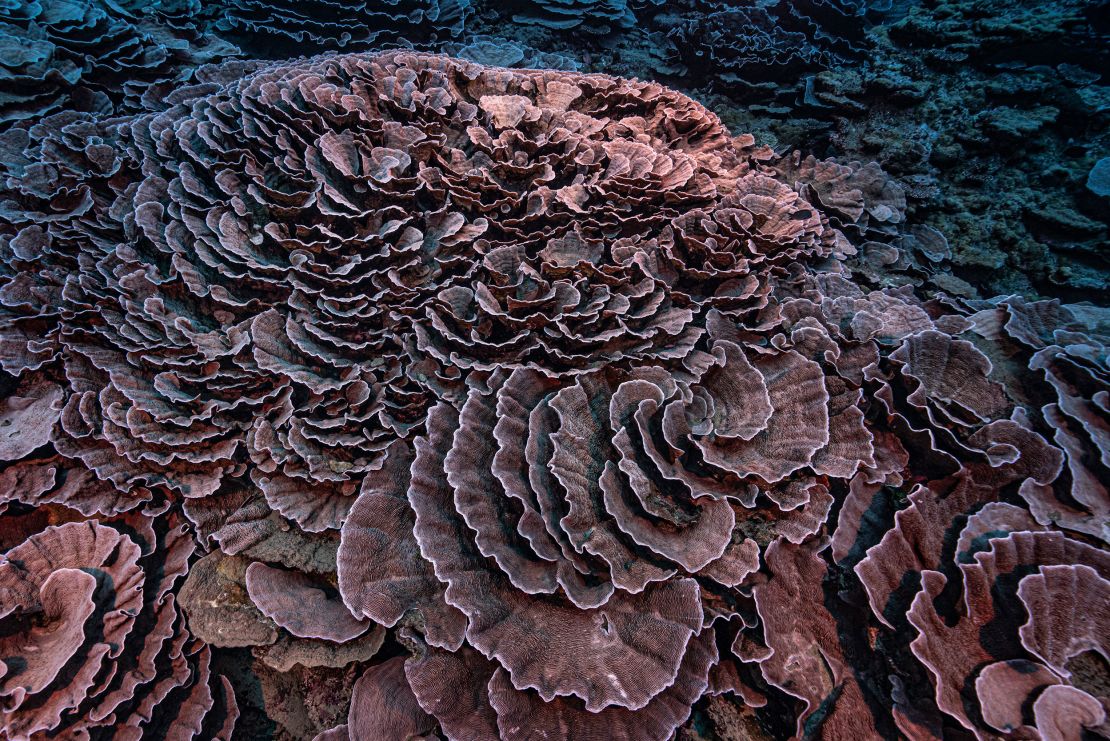
Barbiere said more expeditions have been planned for the coming months to investigate the reef, particularly to study how it has thrived around the ocean’s twilight zone.
An international network of governments, ocean scientists and volunteers are on a mission to map the world’s seabed by 2030 to better understand not only the impacts of the climate crisis, but to improve tsunami warning systems. Studying the ocean, according to Barbiere, could lead to similar discoveries at deeper depths that would require more extensive protection.
“You can only protect what you can measure,” Barbiere said. “And as we are trying to set targets for global ocean conservation around the world, this is the basic information that we need to start establishing marine protected areas.”
